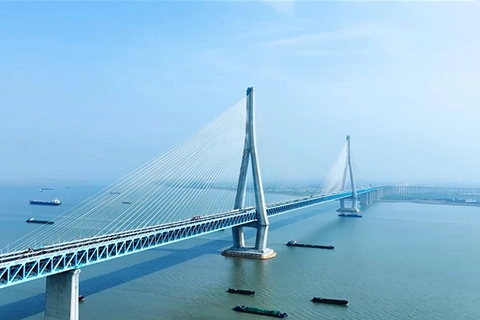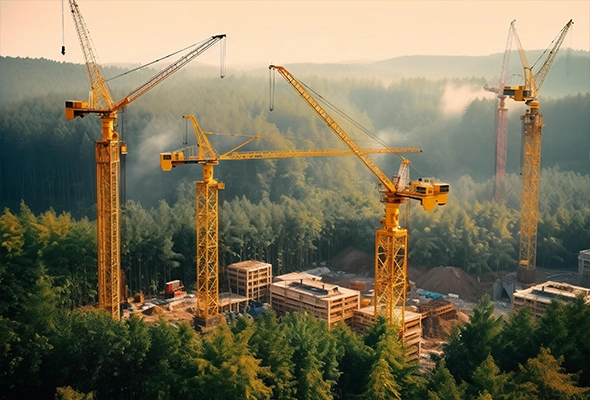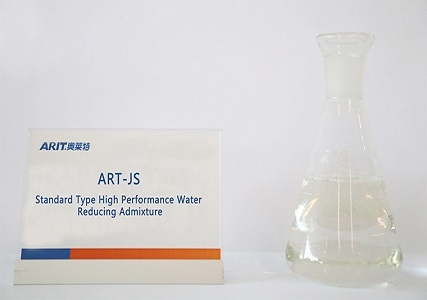
Ancient bridges were primarily designed for pedestrian and animal traffic, with relatively low load-bearing requirement. However, with the advent of railways, the load that bridges had to carry increased exponentially. The standards for the gradient and curvature of the railway lines became more stringent, and the need to build a railway network to maximize economic benefits emerged. As a result, to span larger and deeper rivers, canyons, and other natural obstacles, bridges have been compelled to evolve towards longer spans.
ARIT excels at solving complex problems on large bridges, having accumulated numerous engineering case studies.
Address
22 Huixin Road, Nanjing, China
Call us
Email us
Connect with ARIT for Premium Concrete Admixtures









